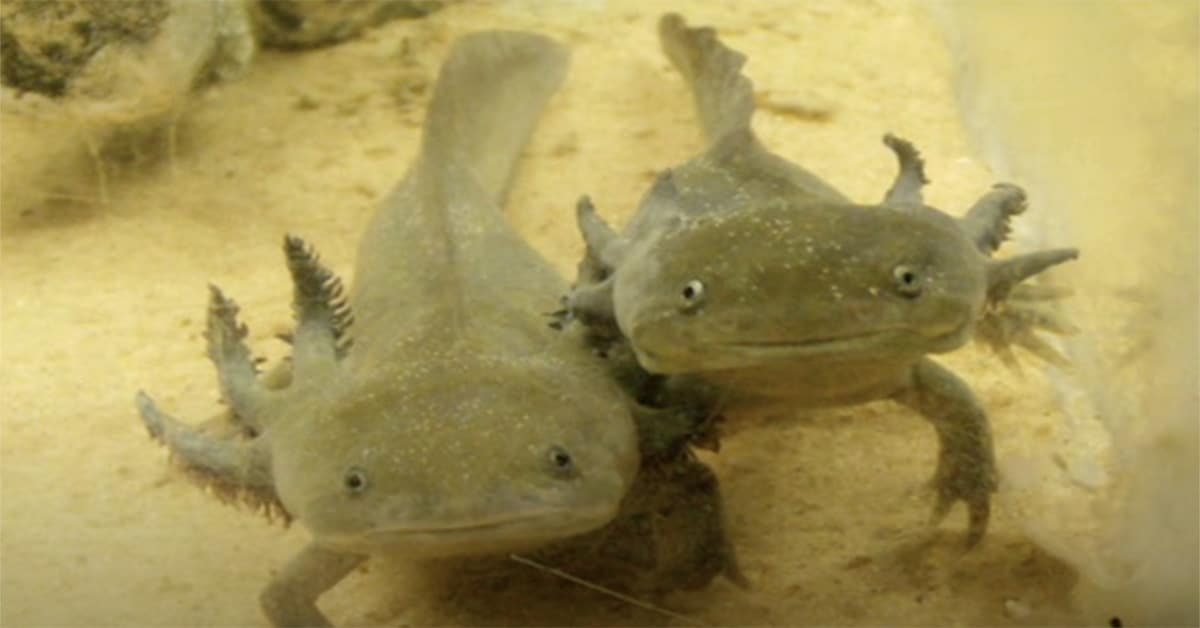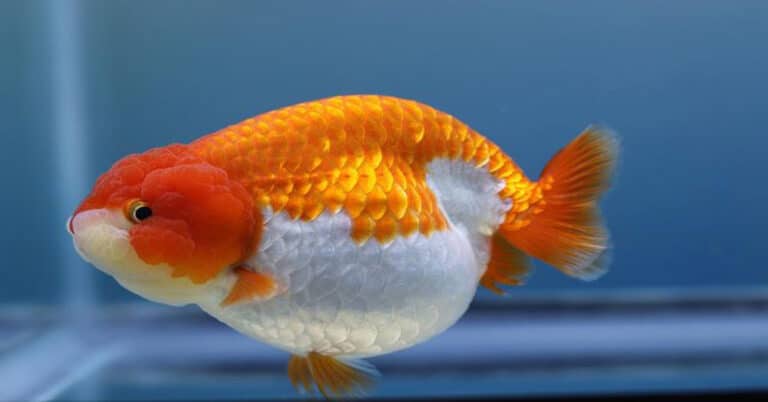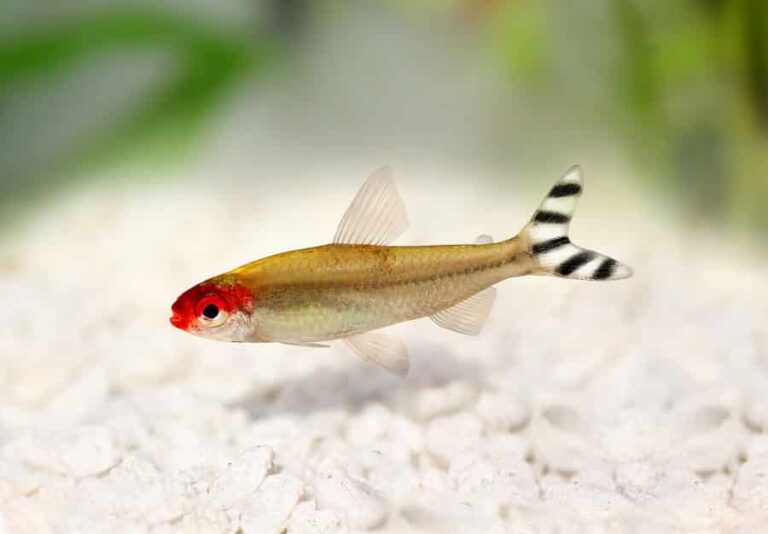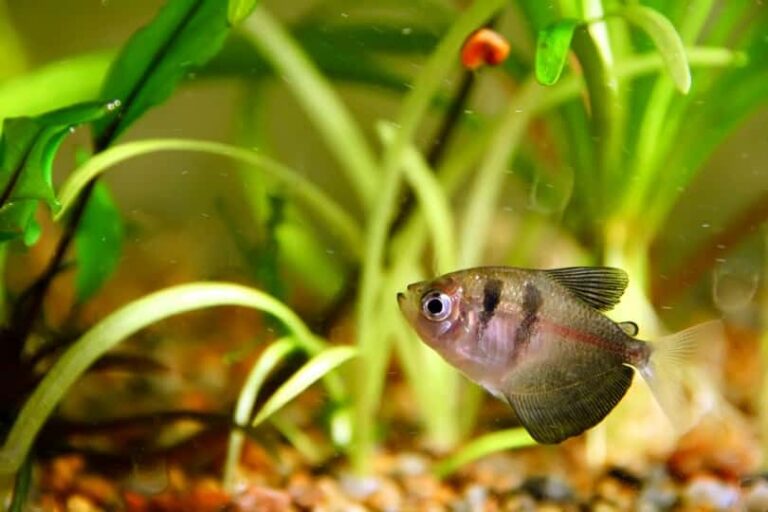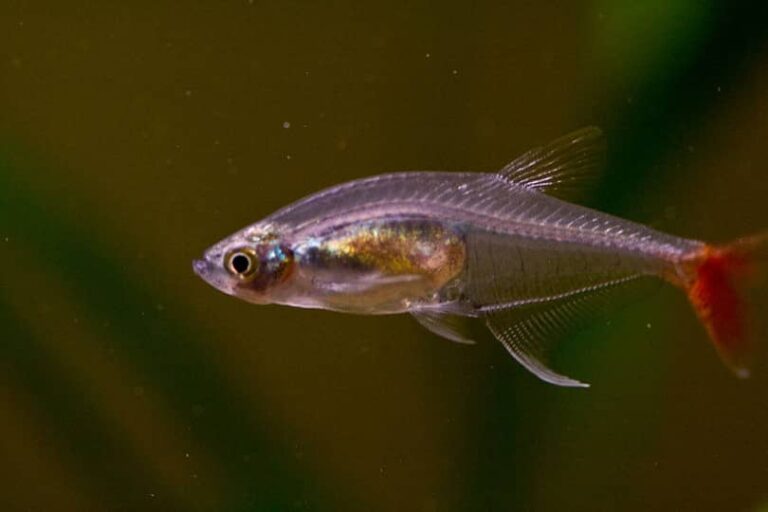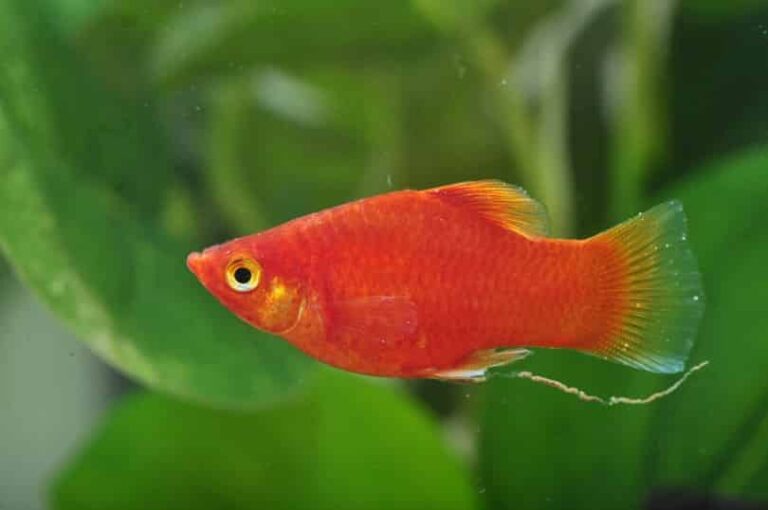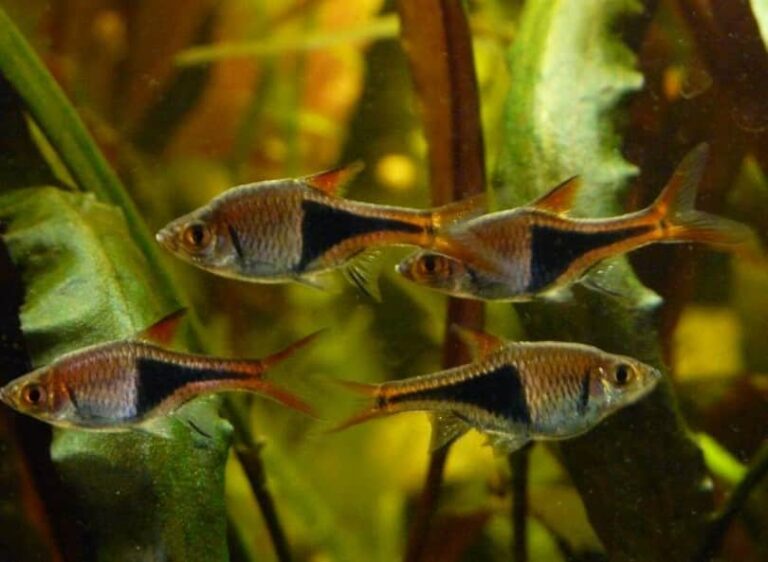Water Dog Fish: Lifespan, Behavior, & Captivating Process of Metamorphosis
If you’re fascinated by the magical transformations found in nature, the water dog fish might be a perfect animal for you! It’s no illusion — given the right conditions, these remarkable fish change into terrestrial tiger salamanders. It’s a transformation so captivating, you might think it’s pure magic. Although it takes years to perform the magic trick, it is worth the wait.
In the following article, we will dive deeper into the delightful world of water dog fish — we’ll review the life cycle of the water dog fish, explore their natural habitat, uncover their intriguing behaviors, and demystify the captivating process of metamorphosis.

Origin & Life Span of Water Dog Fish
Tiger salamanders have a wide geographic distribution that includes much of the central and eastern United States, as well as Canada and Mexico. They conceal themselves in vegetation or under rocks during the day. Their total life expectancy, which also takes into account metamorphosis, can be up to 25 years.
The longevity of water dog fish is influenced by various factors. First and foremost, water quality is a critical determinant. Maintaining a pristine aquatic environment with appropriate pH levels and minimal ammonia concentrations is imperative for ensuring their well-being and extending their lifespan. Another pivotal factor is temperature, as these creatures thrive in cooler waters, typically between 60 and 70°F.
The diet also plays an equally significant role in shaping their lifespan. Offering a meticulously balanced diet rich in protein and essential nutrients catalyzes their growth and overall longevity.
Additionally, it’s worth noting that stress and injuries can potentially curtail their lifespan. Considering this, it’s vital to select suitable tank companions and avoid overcrowding to minimize these stressors.
What Does Water Dog Fish Look Like?
Water dog fish features 3 pairs of bushy gills behind their flattened head, rather long, slender legs, and a conspicuous tailfin that starts as a low ridge on the salamander’s anterior trunk. Although the coloration of these salamanders ranges from olive to olive-gray, as they get closer to transformation, they might start to take on darker or lighter hues. At that time, the skin changes, the eyelids form, and the gills start to shrink.
These aquatic creatures are brimming with salamanders that eat a wide variety of smaller pond animals, and certain populations even evidently engage in cannibalism. Even though they typically measure 8 inches or fewer, some of them may be longer than that.
The transformations that water dog fish have undergone by the time they emerge from the water as adult tiger salamanders are astounding. The newborn water dog fish is about half an inch long when it hatches. Its total length could reach 10 inches at the transformation. The rear feet are just loosely webbed, and the toes are flanged with transparent skin.
Although completely aquatic, water dog fish occasionally climb to the surface to breathe in the surrounding air. Since all of the creatures sold as pets were captured from the wild, clean, chemical-free water is crucial for the water dog fish.
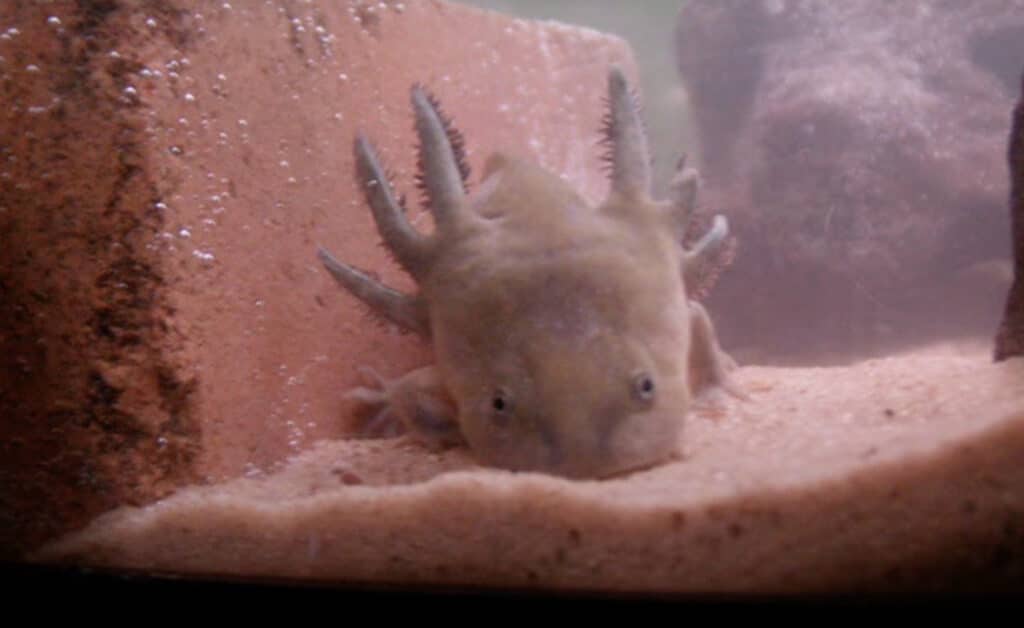
Metamorphosis to Tiger Salamander
The transformation of water dog fish into tiger salamanders is a rare and unique process known as metamorphosis. During this remarkable transition, water dog fish, which are aquatic larvae, undergo a series of physiological and anatomical changes.
Their gills gradually disappear, and they develop lungs to breathe air, along with powerful limbs for terrestrial life. This adaptation allows them to thrive in both aquatic and terrestrial environments, showcasing nature’s ability to adapt and survive in diverse habitats.
When water dog fish are young, they resemble little dachshunds with a tailfin and three pairs of gills that emerge like feather plumes from behind their heads. Metamorphosis typically takes between 12 and 18 months to complete. Their gills become tiny nubs, and their lungs develop entirely. This allows them to leave the water and only return there to reproduce.
The initial health issue usually occurs due to subpar water conditions, often caused by a lack of iodine. Even so, if a water dog fish is kept in an aquarium that provides adequate water, it will probably grow into a tiger salamander.
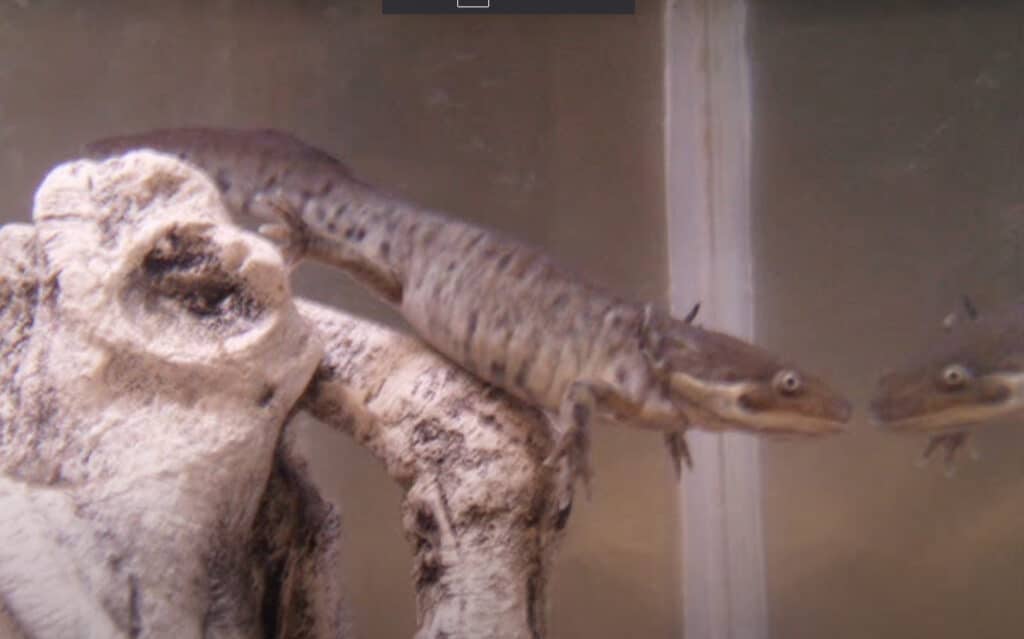
Behavioral Patterns
A standout feature of the water dog fish is its incredible capacity for regeneration. These creatures can restore missing limbs, spinal tissue, and even sections of their hearts and brains. Since water dog fish can withstand the cold well, they can be active all through the winter. Their frequent trips to the water’s surface to absorb air signal that they are getting close to metamorphosis.
Despite their aquatic habitat, water dog fish are surprisingly sociable and display a range of emotions. They can form bonds with their owners, recognizing them and even expressing a form of attachment. Some observers have reported that these charming creatures exhibit curiosity, often investigating their surroundings and showing a playful demeanor.
How to Arrange an Aquarium for Water Dog Fish
Water dog fish can be kept in both planted and unplanted aquariums, but it’s important to think about providing adequate illumination to promote plant life and growth. A 10-gallon tank may house one or two water dog fish, while a 15 or 20-gallon tank can comfortably house 3 or 4.
The pH of the water does not seem to be particularly relevant unless it is extremely acidic, but even with good filtration, the tank will still need to be changed sometimes. The need to change the water will increase if you acquire more and larger water dog fish.
For these waterdogs, the water should be between 60 and 75 degrees Fahrenheit. Reduced gill size and an increase in the salamander’s visits to the surface to breathe will both be signs of upcoming transformation.
The water level should be kept at this point at just a few inches, and the salamander should have access to a smooth location (a piece of foam or a floating plastic lily pad would work). The salamander will need a place to live in a woodland terrarium once metamorphosis is complete.
What does a Water Fish dog eat?
Water dog fish aren’t typically picky eaters. They readily consume various aquatic foods, including worms and pellets, making them relatively easy to feed in captivity.
A water dog’s diet will consist primarily of aquatic insects, earthworms, recently deceased minnows, tadpoles, glass shrimp, and other pond livers that reside alongside them, with the occasional addition of other animals of their kind.
Additionally, water dog fish widely consume pelleted catfish and trout food. Avoid feeding water dog fish with dietary products with animal protein because they can easily make the water taste bad. Also, make sure not to overfeed your waterdogs.
Choosing Tank Mates
Selecting suitable tank mates for water dog fish is crucial for their well-being. Ideally, opt for non-aggressive, coldwater species that share similar water parameters and won’t harm your water fish’s delicate skin. Some excellent companions include White Cloud Mountain Minnows, Rosy Red Minnows, and Bristlenose Plecos.
White Cloud Mountain Minnows are also peaceful, active swimmers that thrive in similar temperatures, so they won’t outcompete your water dog fish for food. Rosy Red Minnows, like White Clouds, are hardy, inexpensive, and adaptable to water dog fish.
Avoid fin-nipping or aggressive species, such as cichlids or bettas. Additionally, ensure adequate space to prevent overcrowding and monitor tank dynamics to ensure all tank mates coexist harmoniously. Properly chosen companions can create a captivating and balanced aquatic ecosystem for your water dog fish.
Medical Concerns
To ensure the health of your water dog fish, prioritize pristine water quality, provide proper nutrition, and avoid overcrowding. Regular observation and immediate action if you notice any unusual behavior or symptoms are crucial for disease prevention and management. Generally, in comparison to other fish, water dog fish are significantly trouble-free.
But still, these aquatic creatures are prone to certain diseases, such as:
- Fungal infections – Dirty water can make your water dog fish catch a fungus. Keep the tank clean to steer clear of this problem.
- Bacterial infections – Bad water filters or cuts can cause bacterial issues. Changing the water regularly and keeping sick fish away from healthy ones can help.
- Parasitic infestations – Watch out for icky things like leeches. If you’re adding new fish to the tank, keep them separate at first and make sure their food is tip-top to avoid this.
- Metabolic issues – Believe it or not, even fish can get fat! Don’t overfeed them, and keep an eye on their size to keep them fit and fine.
Conclusion
Overall, if you are searching for a stress-free addition to any aquarium, we encourage you to embark on the adventurous journey of caring for water dog fish! Their easy-to-manage care routine means you can enjoy their beauty and charm without undue stress.
Take the plunge into this exciting hobby, and you might just find yourself captivated by their intriguing behaviors and distinct personalities. Water dog fish have the potential to steal your heart and become a beloved member of your aquatic family!

Nato is a content writer and researcher with a background in psychology who’s eager to explore the wonders of nature. As a travel enthusiast and animal lover, she hopes to inspire others to discover and cherish the beauty and importance of the natural world.

